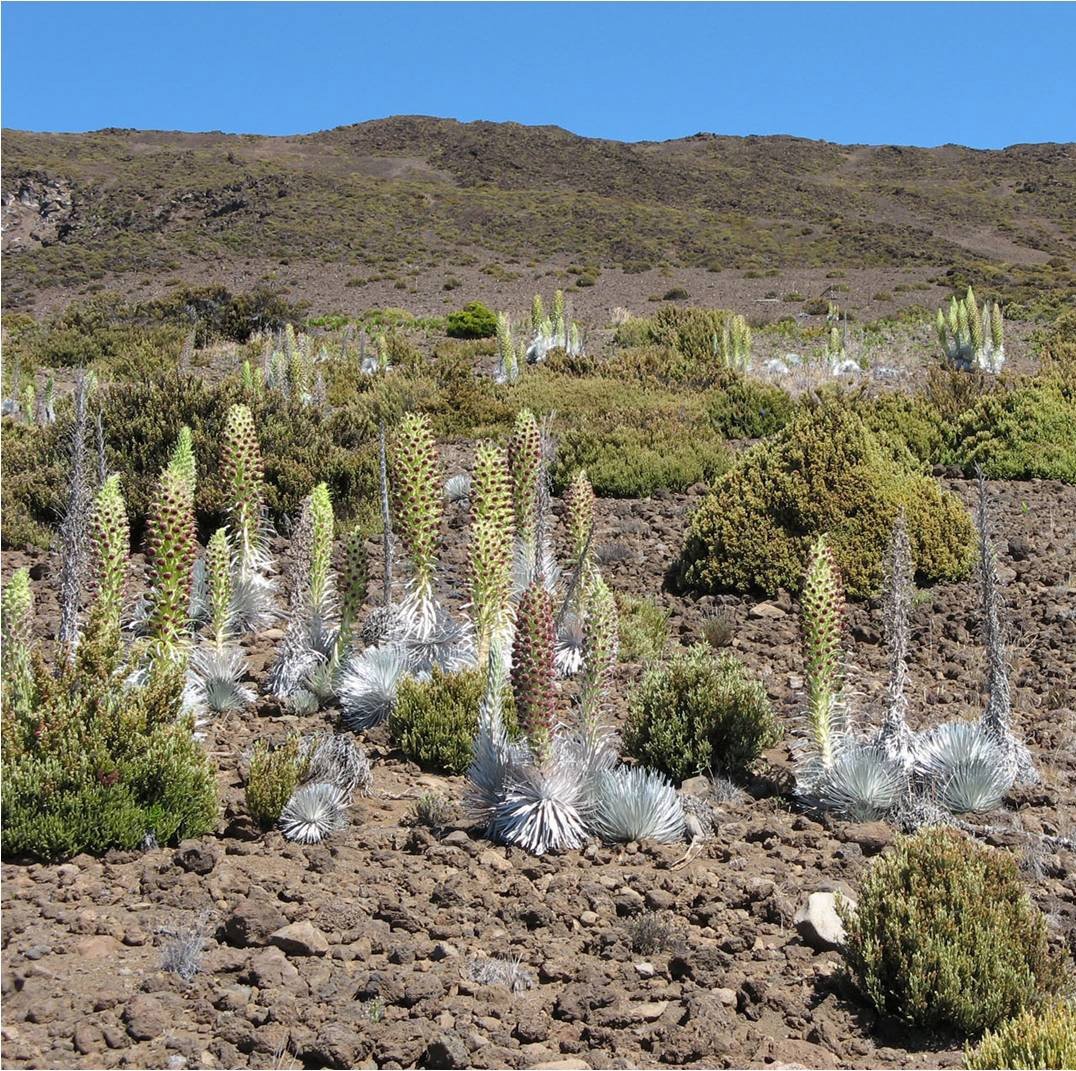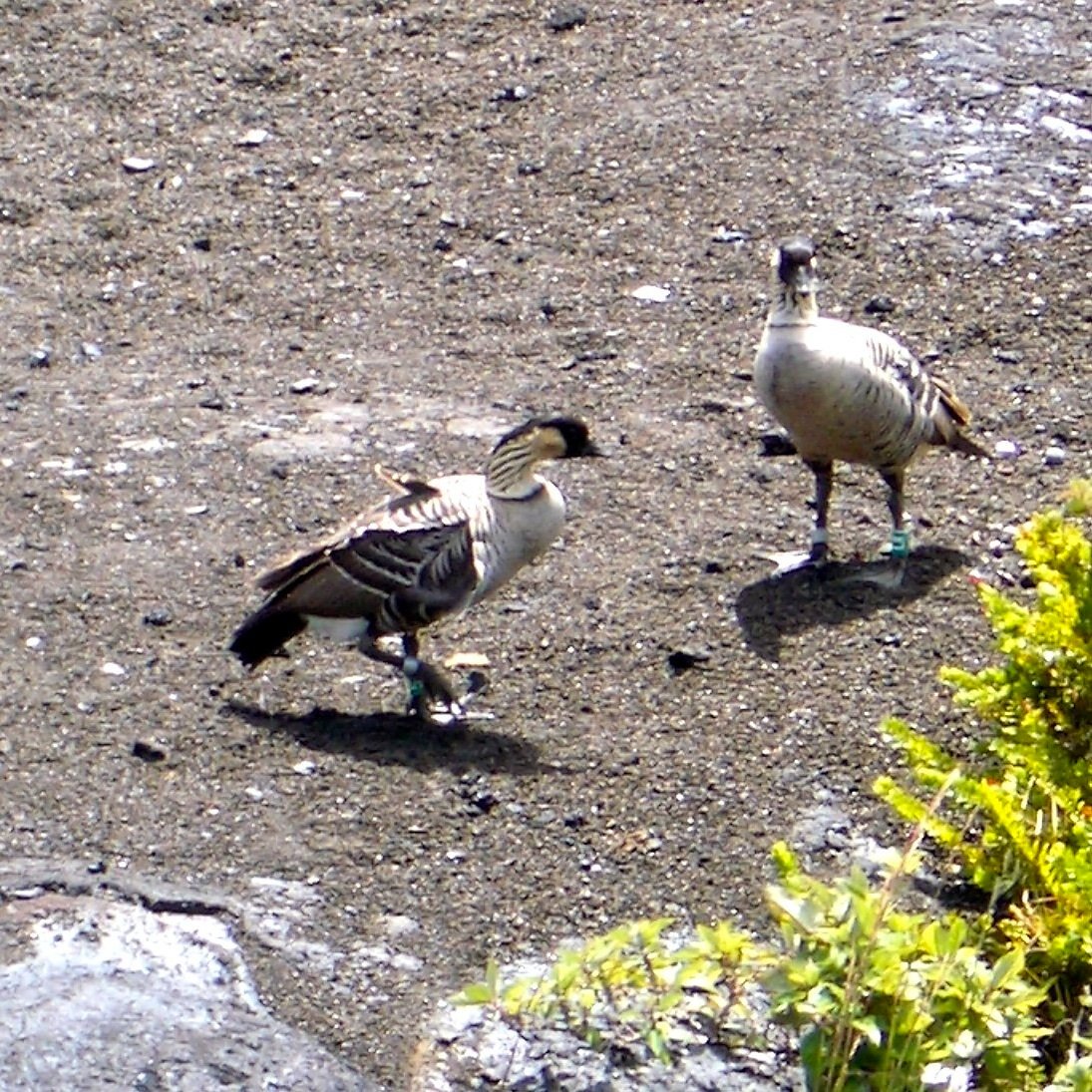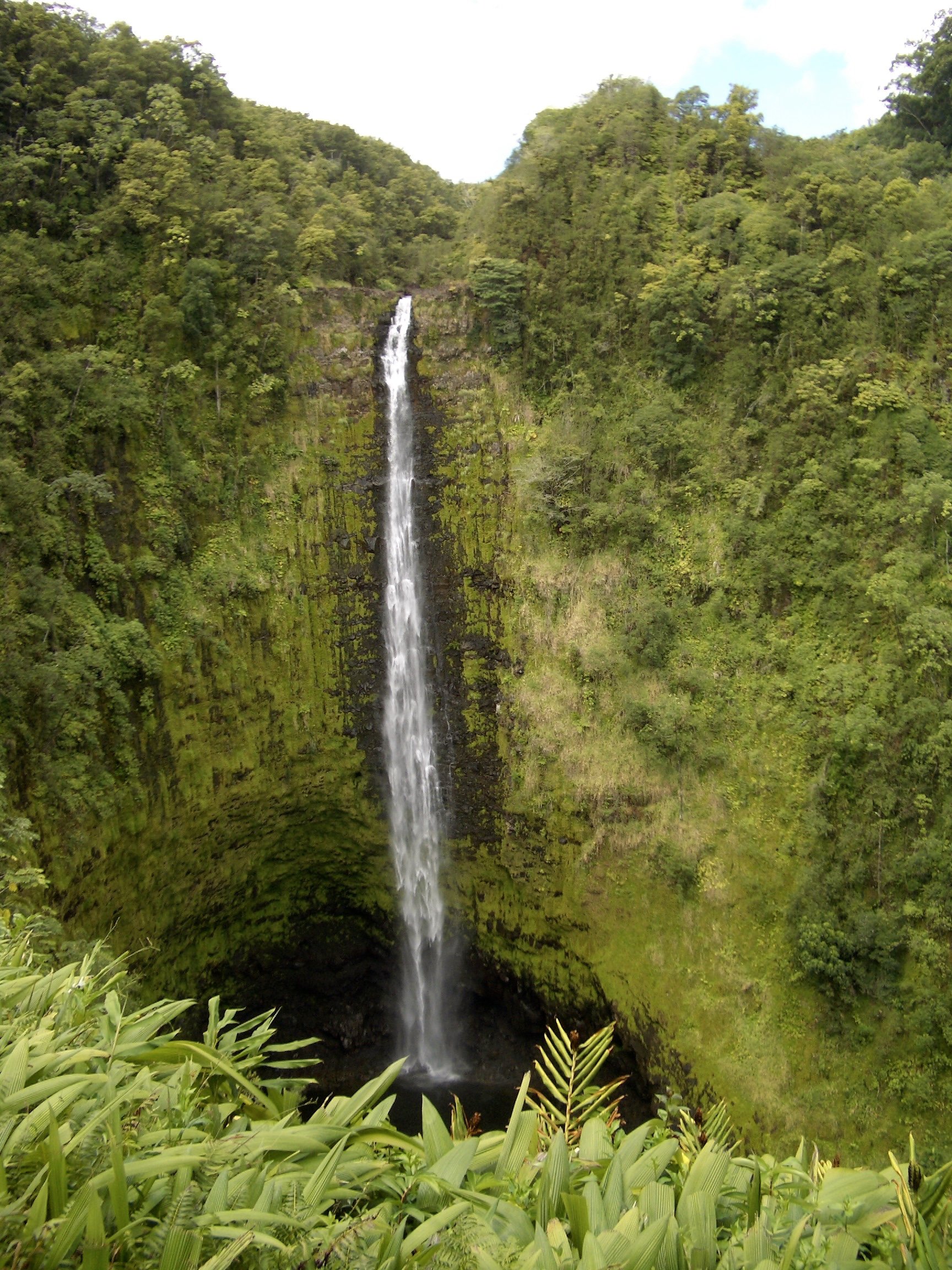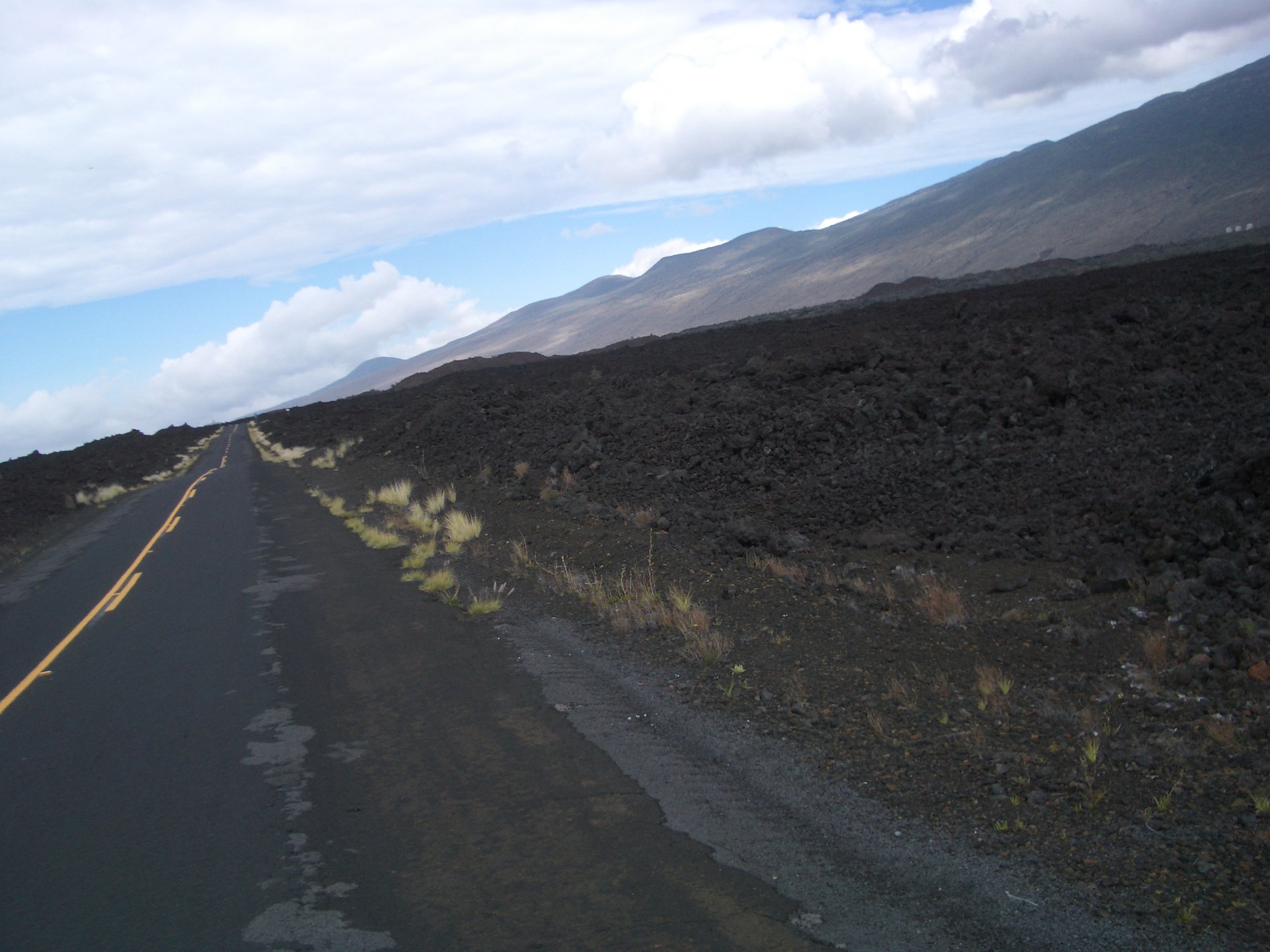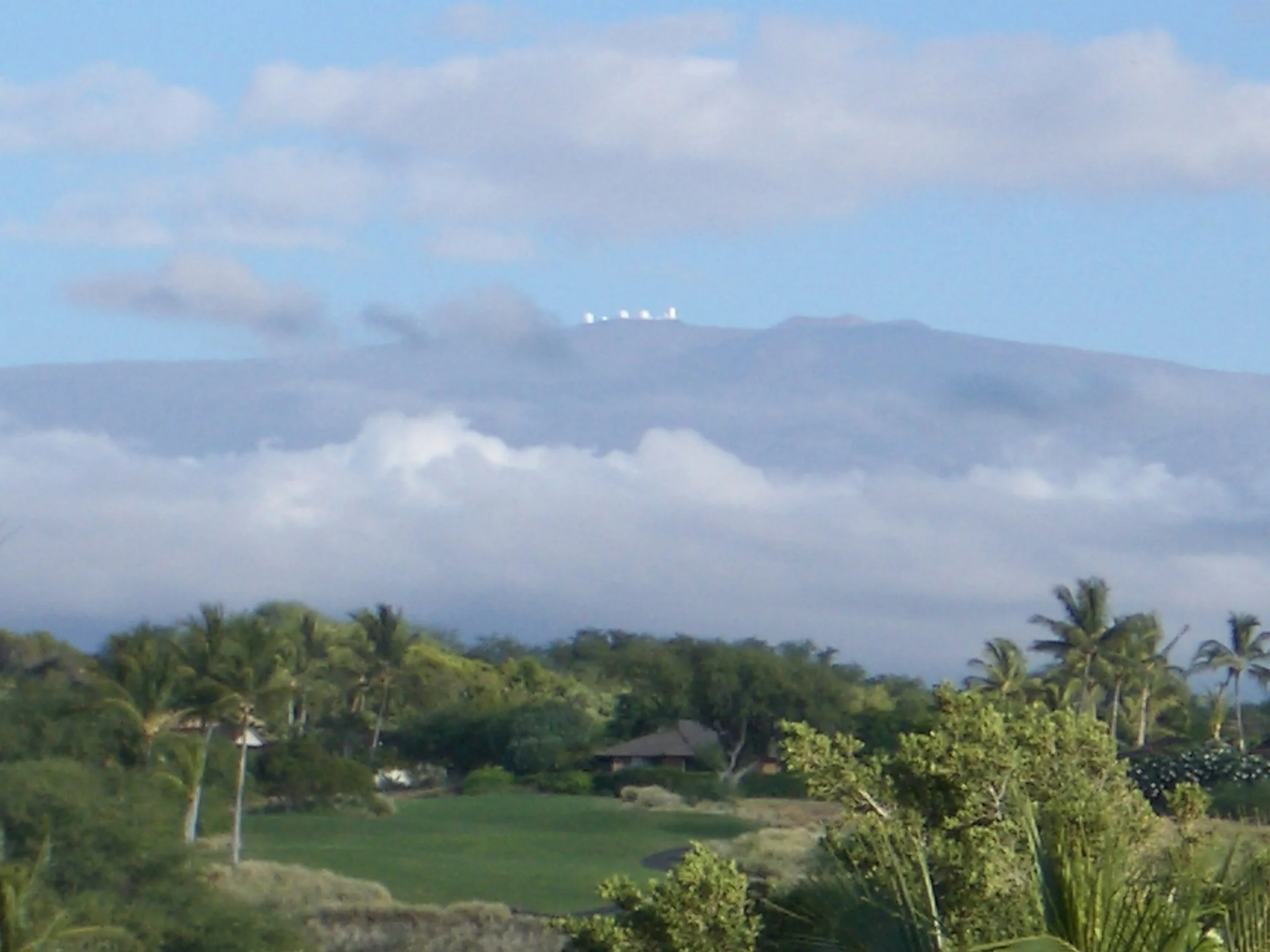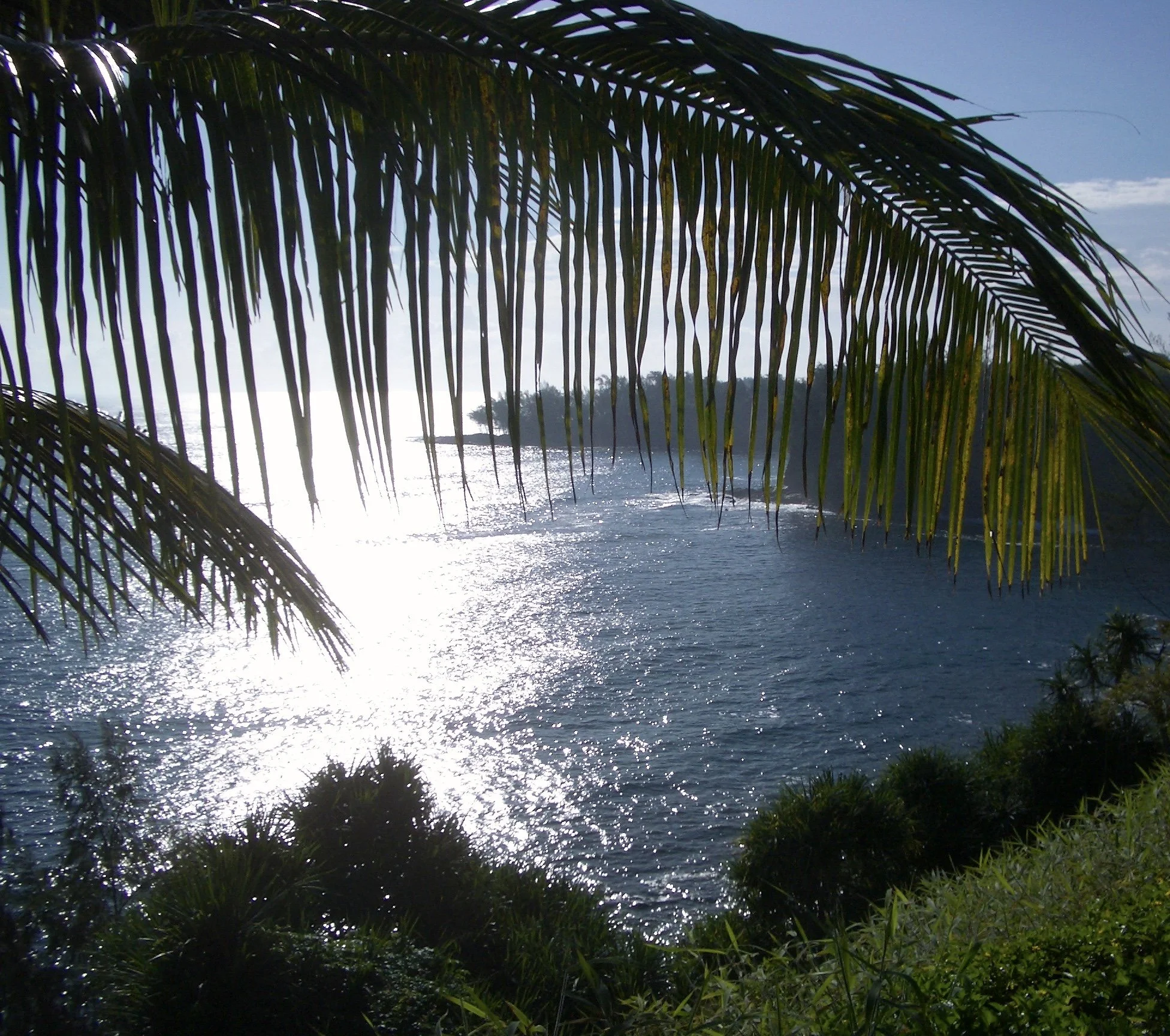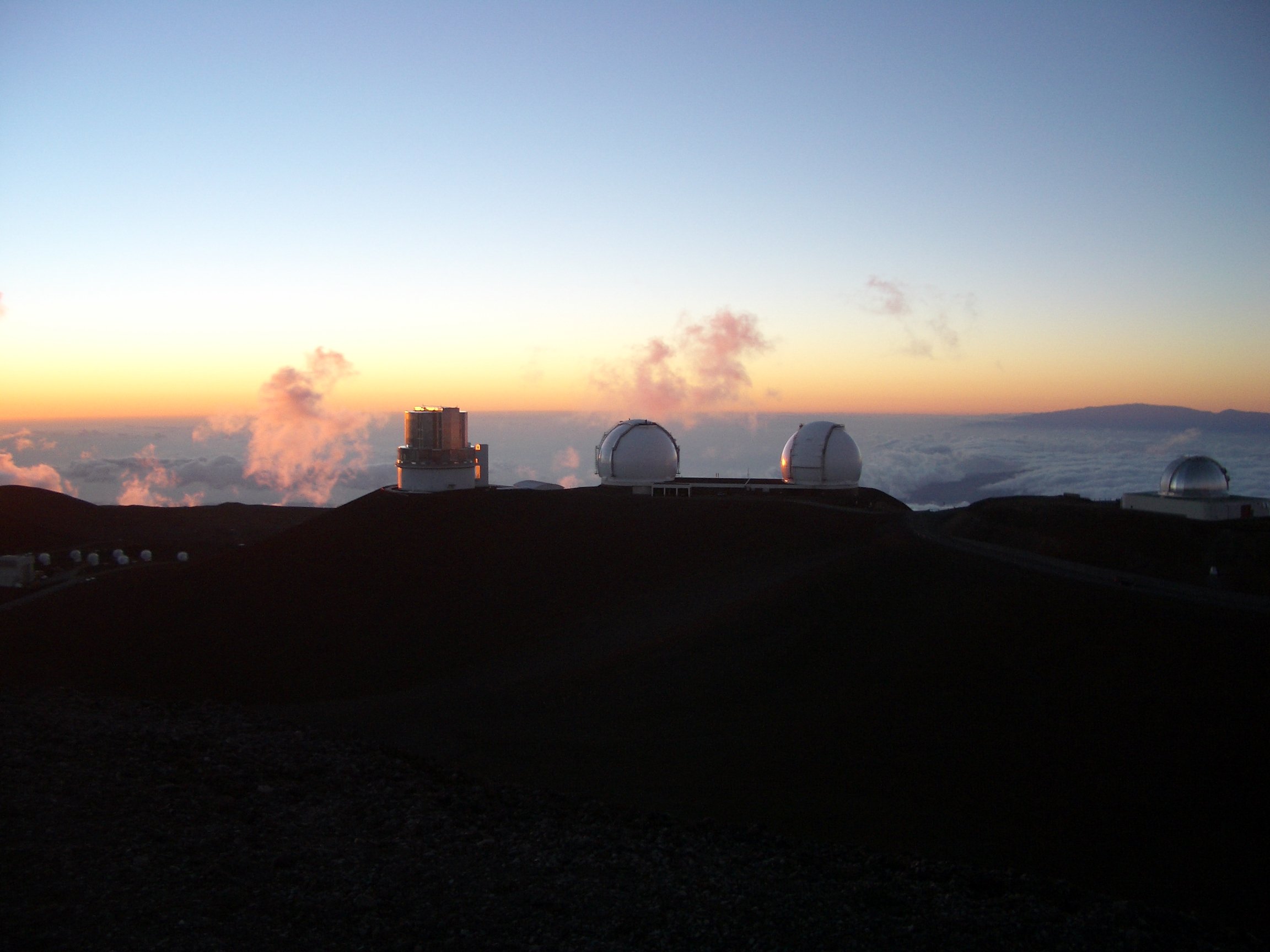
Hawai’i
#1 Mauna Kea, elevation 13,796 ft.
Vulcanology. Distant galaxies. Controversy!
Measured from its base on the ocean floor to its summit high above the beaches of the Big Island, Mauna Kea, a dormant volcano that last erupted some 4,600 years ago, is the world's tallest mountain. I visited Mauna Kea in 2004 while on my honeymoon. It was my first state highpoint even thought I didn’t know such a hobby existed at the time. The leeward approach passes through portions of Parker Ranch, a former private residence (now managed by a charitable trust) whose eroded lava cones and dry grasses resemble nothing like the lush tropical environs of the windward side or any other portion of the island you might imagine.
Photograph by Christina Dixcy
Although much of its true height is obscured below the surface of the sea, Mauna Kea still ranks sixth in elevation among state highpoints and is tall enough to sustain a seasonal snowcap (its name means "white mountain”). Sacred to native Hawaiians, Mauna Kea (or Maunakea) is described in myth as the firstborn son of the sky father and earth mother. Poli'ahu, the snow deity, is believed to reside on the summit. According to an ancient Hawaiian edict, or kapu, only high-ranking tribal chiefs can visit the top, where archaeologists have discovered some 76 shrines and a number of burial sites. Mauna Kea was developed as an observatory owing to an extremely dry, stable mass of air above the summit as well as the mountain's exceptional remoteness from urban light pollution. Among the facilities housed there are the twin telescopes known as Keck I and Keck II. The continued use of the summit area as an observatory and a proposed additional building precipitated protests in 2002 by the Native Hawaiian community.
Vintage postcard of Mauna Kea and Hilo
The first recorded single-day ascent of Mauna Kea was made on August 26, 1823, by Jospeh F. Goodrich, an American missionary. James Macrae, a botanist with HMS Blonde, reached the summit two years later and was the first scientist to record the endemic Mauna Kea silversword (Argyroxiphium sandwicense), now critically endangered. Another endemic is the nene, or Hawaiian goose (Branta sandvicensis), a few of which we stumbled upon while visiting Volcano National Park.
Evidence of volcanology is ubiquitous on the Big Island, from the flamboyant 2023 eruptions that made international headlines to the ancient lava tubes puncturing the terrain around Akaka Falls.
Portions of the drive along the Saddle Road, which wends between the major peaks of the Big Island, are lunar in aspect and rough on rental cars, which used to be forbidden from driving it. I think they have made improvements since this photo was taken in 2004.
Photograph by Christina Dixcy
When the air is clear you can see the observatory from the lowlands. This was shot from somewhere on the Kona side of the island, where we spent our honeymoon. I am grateful to Christina Dixcy for many of the photographs on this page, especially those of the Big Island (the good ones are by her).
Photograph by Christina Dixcy
Christina and I summited Mauna Kea with a guide service that drove you up in a van. First you stopped at the visitor’s center (at 9,200 ft.), and then you drove up to the summit area. Since most people were arriving from sea level, we noticed the effects of the altitude pretty quickly. They gave us parkas to wear and after sunset small telescopes to look through. Andromeda galaxy viewed in that matter resembles a moldy doughnut. They played Vangelis on our trippy drive down through the darkness.
Photographs by Christina Dixcy
This was the view from the baclony of the B&B north of Hilo where we stayed for the second half of our trip. Hawaii is indeed a paradise. If you ever get a chance to visit, don’t pass it up.


